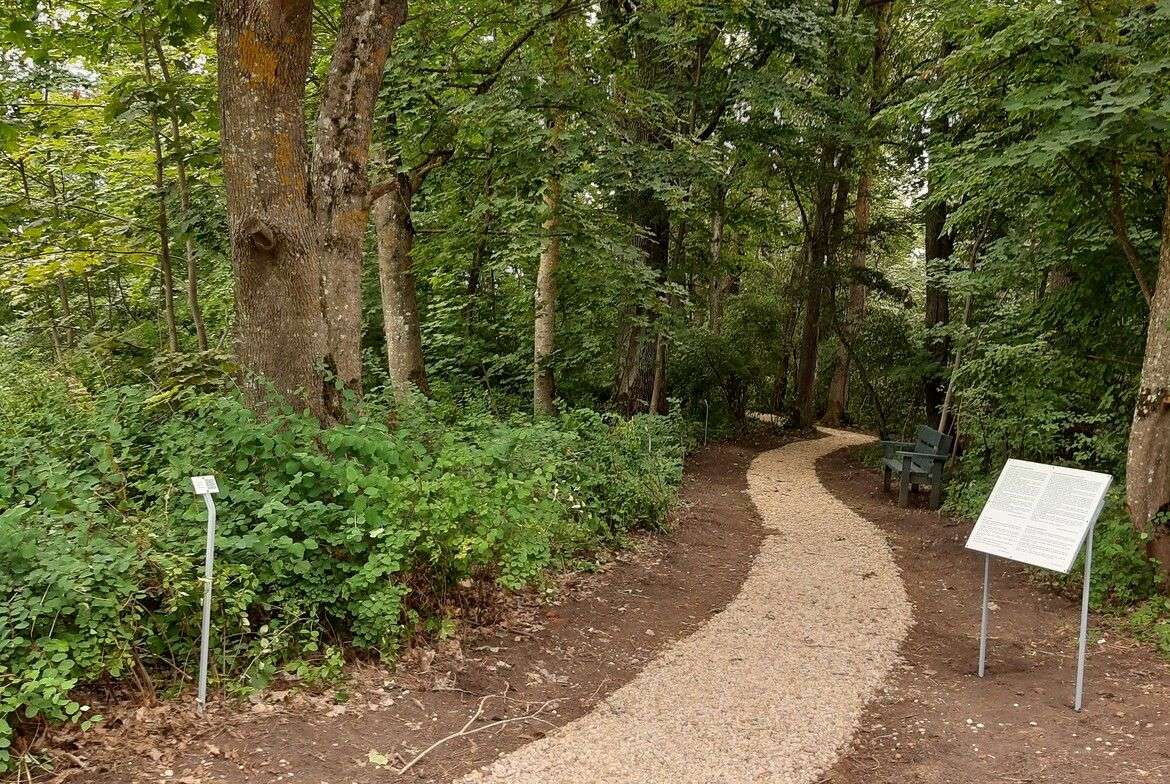About park
It is known in the cultural community that the parks of former manors in Latvia are a cultural heritage that must be responsibly and appropriately cared for and maintained. Although there was a book published in 2010 “Manor gardens and parks in Latvia”, the attitude towards these parks is negligent. Often, both the landscape and the environment are degraded by destroying the undergrowth of various shrub species that were once purposefully planted. The park then begins to look like a firewood forest prepared for clear felling, where only bare trunks dominate.
Ālave manor park has benefited from long-term abandonment, and so can be restored. The most difficult thing is to fell poplars introduced in the recent past and at the same time protect the earlier planted shrub species.
The layout of the small park was simple - a meadow in front of the manor house and a circular walking trail through the dense, ideal forest. More than 35 species of trees and shrubs have been preserved in Ālave manor park, 22 of them are from other countries. The ground cover is also still alive - violacae, anemone hepatica and myosotis bloom in spring, which can no longer be found in other parks. During the 17th to 19th century, the lawn in the park fields was mown after the herbaceous plants had bloomed, and the mowings were used for hay or bedding.
According to similar principles, the park of Jaunauce manor is maintained, where nightingales can still be heard, because in the well-kept parks there are no places for nightingales or other birds to stay.
Two foreign country species, officially called ordinary, grow in Ālave manor park. In the wild, not planted by a gardener, the common lilac grows in the Balkans and is a distant relative of olives. The philadelphus coronarius, incorrectly called jasmine, grows in the region from Italy to the Caucasus.
An old non-seed-producing Western European species is the Dutch linden. Symphoricarpos grows in the wild in the western United States, Sorbaria in Siberia, Carrageenan in Mongolia, but our Prunus Padus does not grow anywhere near the Mediterranean.
You can search, find, get to know, understand and learn it all.
Landscape architect Ilze Māra Janelis


